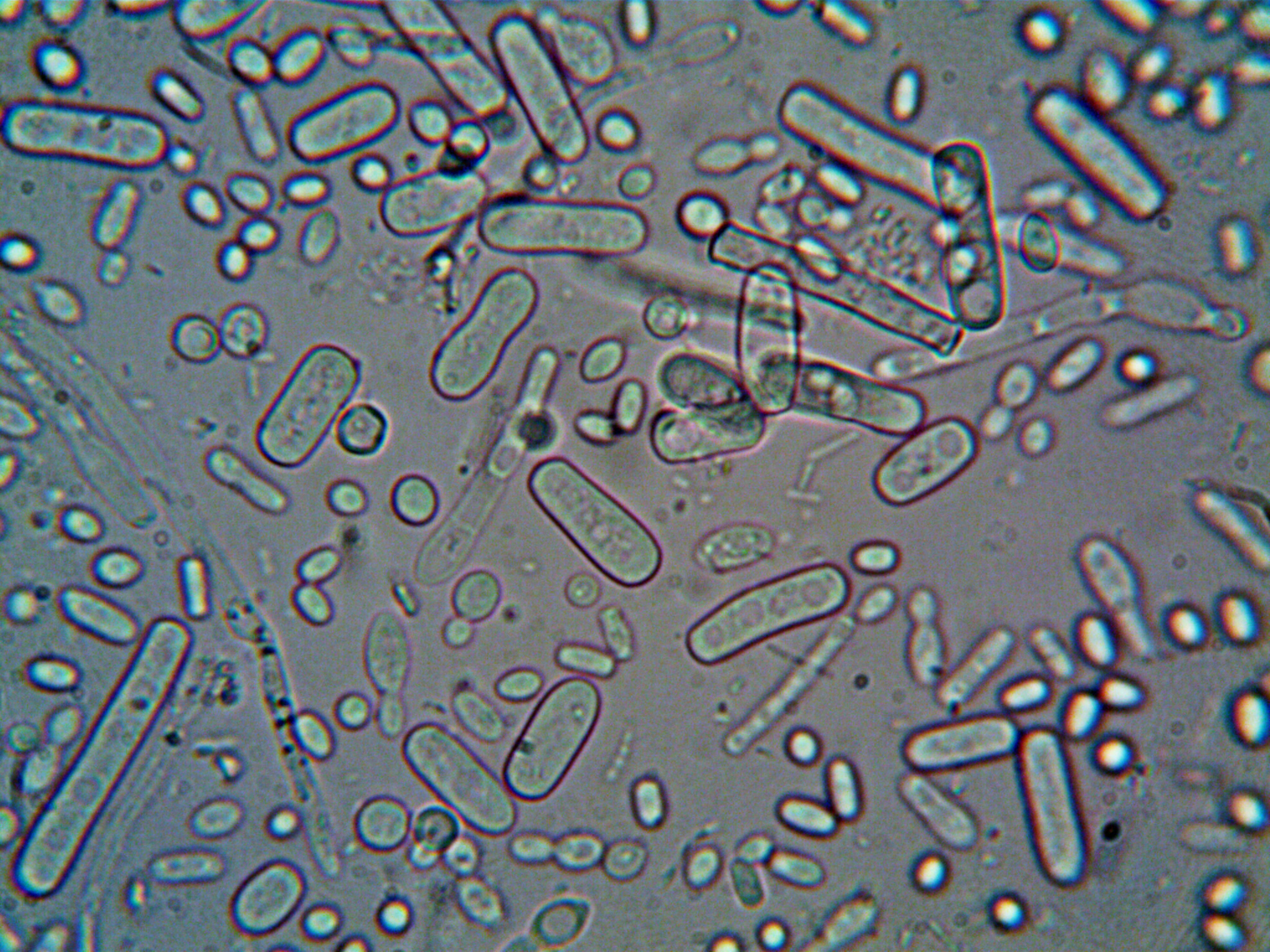Science is full of big ideas. But behind every breakthrough, there is a tool that makes it possible. Sometimes, that tool is not a fancy robot or a futuristic chip. Sometimes, it’s a camera that can see what no human eye ever could. Today, those powerful imaging systems are changing how we understand disease. They are not just helping scientists see deeper. They are giving them the power to fight back.

Seeing the Invisible
A fluorescence microscope might not look special to someone outside a lab. But for scientists, it is like a superpower. It uses special light to highlight things that would otherwise stay hidden. It can show the shape of cells, reveal how proteins move, and even track how diseases spread.
Researchers use dyes or markers that glow under specific light. When those markers attach to a target, like a cancer cell or a virus, they light up. The result is a map of what is happening inside living tissue. It is a direct view of the microscopic world that shapes health. This technology lets scientists go beyond surface symptoms and see the real story inside the body.
How Disease Spreads
Most diseases start small. A single cell mutates. A tiny cluster of bacteria takes hold. A virus slips into a system and begins to copy itself. Traditional tests often miss these early steps. By the time symptoms appear, damage is already done.
Fluorescence imaging changes that. It allows scientists to watch the earliest moments of disease in real time. They can see how cells respond to an infection. They can track how a virus invades tissue. They can even follow the path of cancer cells as they spread. This insight is more than just interesting. It helps researchers design better ways to stop disease before it gets worse.
Better Drug Development
Developing new treatments is not just about mixing chemicals. It is about understanding how those chemicals work inside the body. Fluorescence microscopy gives researchers a direct view of that process. They can watch how a drug interacts with cells. They can measure how quickly it works and where it goes.
This information speeds up development. It shows what works and what does not long before clinical trials. It also reduces the risk of failure. If a drug behaves differently than expected, scientists can see it and adjust. That means faster results, lower costs, and safer treatments.
Early Detection Saves Lives
Early detection is one of the biggest challenges in medicine. Many diseases hide until they reach advanced stages. Imaging technology helps change that. Scientists can now spot signs of disease long before a patient feels sick.
For example, researchers can use fluorescent markers to highlight abnormal cell activity. If those cells behave in unusual ways, doctors know to look closer. This kind of early warning makes treatments more effective. It can turn a life-threatening illness into something manageable. It can even prevent some diseases from developing at all.
Precision and Personalization
No two people are the same. That is true for their diseases too. What works for one patient might not work for another. Advanced imaging helps solve that problem. By showing exactly how a disease behaves in a specific patient, it helps doctors tailor treatment.
They can monitor how cells respond to therapy. They can adjust doses based on real-time feedback. They can even choose entirely different approaches if the first one fails. This is the future of medicine. It is precise. It is personal. And it starts with better data from powerful imaging tools.
Unlocking New Frontiers
The power of advanced cameras is not limited to known diseases. They are also opening doors to things we still do not fully understand. Scientists are using fluorescence microscopy to explore how the immune system works. They are mapping how neurons communicate in the brain. They are studying the mechanics of aging at a cellular level.
Each discovery builds a foundation for future breakthroughs. The more we see, the more we can solve. Every image captured could lead to a new treatment, a new therapy, or even a cure. And it all starts with the ability to look closer than ever before.

A Future Shaped by Light
The future of medicine will not be built only in hospitals or clinics. It will be shaped under the glow of specialized light in research labs around the world. Fluorescence microscopy is not just a tool. It is a bridge between what we know and what we still need to learn. It is a key to fighting disease in smarter, faster, and more effective ways.
The camera may seem simple, but its impact is anything but. It helps scientists see the invisible. It uncovers the early steps of disease. It speeds up drug development. It makes treatments more precise. Most importantly, it gives us a real chance to understand our bodies at the smallest scale. That knowledge is what leads to healthier lives. And that is why this technology matters so much.
